floorboards
What timber flooring is right for you?
Solid timber is a “hard wood’ flooring that is an Australian hard wood species. Generally speaking, most solid timber hardwood species (Blackbutt, Jarrah etc) are more durable than softwoods (Pine), making them a top choice for anyone looking for exceptional longevity. They also have the ability to withstand multiple ‘rounds’ of sanding and polishing.
In terms of aesthetics, solid timber floors are also timeless. No matter what style or design you choose, they will always look great in your home. However, since they are made from organic material, they can be sensitive to moisture and changing temperatures. Depending on the humidity levels, some solid timber floors may shrink and expand.
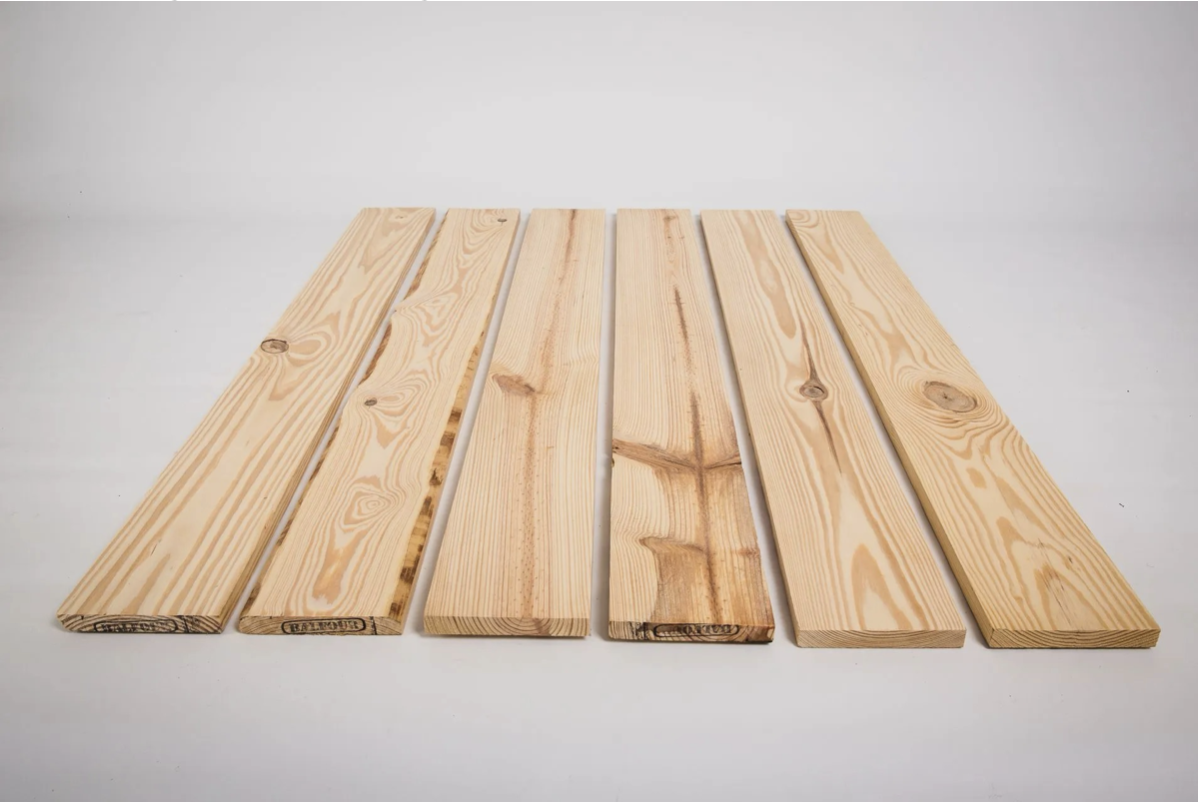
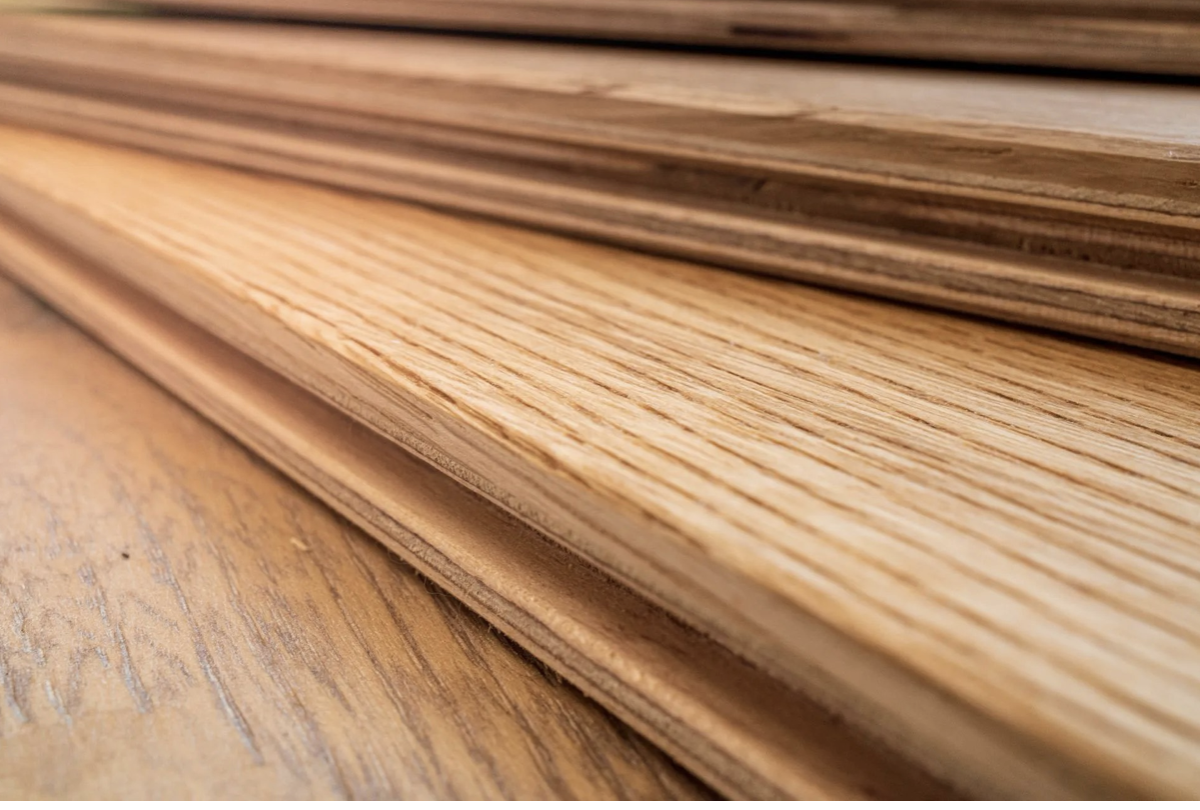
Engineered timber flooring is made from multiple layers of thin wood that are glued together to create a strong and stable timber flooring option. Compared to hardwood timber flooring, engineered timber floors are more resistant to moisture, which is why they are often confused with laminate flooring.
In terms of availability, engineered timber floors also come in a wide range of wood species and can be sanded two times, depending on the thickness of the solid timber veneer. Typically, the solid timber used in engineered flooring is relatively thinner, potentially leading to reduced durability over time.
Hardness of timber is determined by Jenka scale. The higher the number, the more dense and harder is the timber.
Australian hardwood species used for timber flooring
Jarrah
Jarrah is a species of Eucalyptus tree. It is a dense and durable hardwood that is recognised for its deep, rich red-brown colour. It has an interlocked or wavy grain with a medium to coarse texture that is not only highly resistant to wear and tear but also to decay and termites.
Hardness:
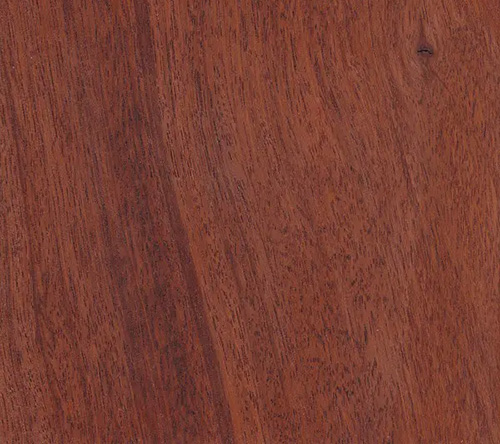
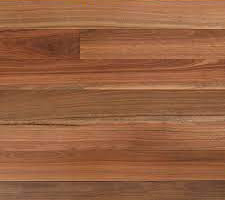
Spotted Gum
Spotted Gum is renowned for its unique range of colours from cream to brown with hues of gray and pink. Occasionally, you may even find distinctive purple streaks in the timber. In some instances, you may come across the unique feature of a wavy grain. Spotted gum is also fire-resistant and highly durable.
Hardness:
Blackbutt
Blackbutt, which came from eucalyptus tree, is one of the most popular Australian hardwood species. Blackbutt boards can have a pale yellow to medium honey brown colour with some reddish hues. In terms of texture and strength, blackbutt has a medium to coarse texture with a generally straight grain, with whole bone pattens and is also highly durable.
Hardness:
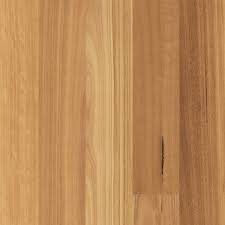
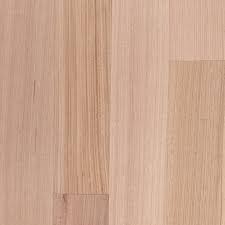
Tasmanian Oak
Tasmanian oak is a premium Australian hardwood timber which comes in a light brown colour with reddish hues. Tasmanian oak is highly sought after for its versatility, durability and aesthetic appeal. The straight grain of Tasmanian oak makes it easy to work with and gives it a smooth finish.
Hardness:
Ironbark
Ironbark encompasses several Eucalypt species that are known for their high strength and durability. In terms of appearance, Ironbark colour can vary significantly, but it is typically characterised by its dark chocolate brown hue.
Hardness:
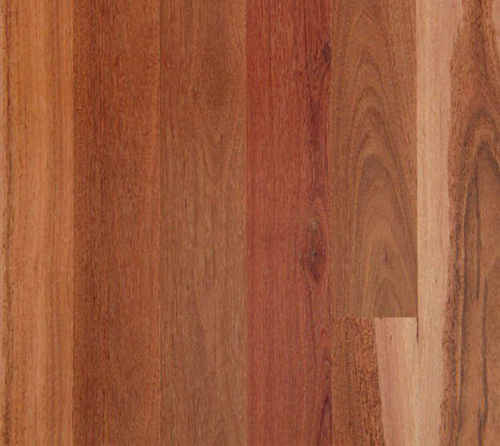
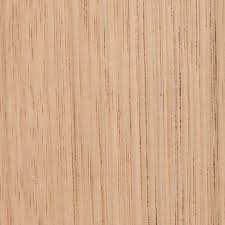
Victorian Ash
Victorian Ash is known for its durability and unique grain pattern. When freshly sawn, the timber has a pale straw colour with pinkish undertones, which eventually deepens to a warm honey colour over time. This adds a light and airy feel to any space, creating a warm and inviting atmosphere.
Hardness:
Wormy Chestnut
Wormy chestnut timber shows evidence of the challenges faced within the Australian climate such as drought, strong winds, fire and flood. The characteristic small holes and black features result from attacks by ambrosia beetles and pin hole borers. The strong winds in the area stunt the growth of the trees resulting in interesting grain patterns and sap lines. It varies in colour from light brown to medium brown with hues of pink. Durable and hard wearing.
Hardness:
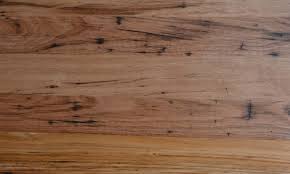
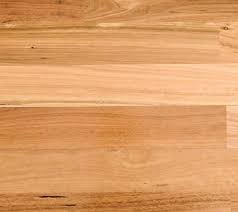
Messmate
Messmate ranges in colour from pale to medium toned brown to light yellow with a hint of peach. Being a type of eucalyptus tree, its main appeal is having an Australian product within your home. Gum veins are common throughout this timber and add a level of uniqueness to a space.
Hardness:
Types of timber floor finishes
There are various types of timber floor finishes available, each offering different benefits and aesthetics. Here are some common types:
Water-based polyurethane is the most popular type of timber flooring finish that features thick, durable layers that are highly resistant to scratches. With polyurethane as its main component, this type of finish is one of the most eco-friendly options as they only produce minimal amounts of toxic chemicals, unlike other flooring finishes. Above anything else, this clear water-based finish is available in different shine, ranging from matte to glossy, for your desired aesthetic.
Oil-based polyurethane. Unlike water-based finishes, oil-based finishes use mineral solvents to bind the polyurethane solids. This helps create a more durable and highly resistant solution that could last for many years. Not only does oil-based polyurethane come in various shine and sheen, but it also has a deeper coloured stain. However, their oil-based composition can secrete strong odours.
Moisture-cured Polyurethane consists of a solvent-based solution that is formulated to harden when exposed to water vapour, or moisture. Featuring qualities from both oil and water-based polyurethane, this type of floor finish offers high durability and resistance to water.
Hard wax is a natural product that has been used for several years now as a finish for wood floors. Among other types of timber finish, wax is the only one that can give your floor a natural shine without added chemicals and toxins. Generally, wax finishes offer sleek wood surfaces with a special layer to protect your flooring against superficial scratches.
Similar to wax, shellac is a well-established wood finish that is composed of natural elements. Derived from the resin, shellac imparts a shiny, warm-toned stain that forms a protective glaze on various surfaces. Regardless of how many coats you apply, it offers only limited defence against everyday wear and tear.
Varnish is produced by mixing different resins like acrylic and natural pine resin. In some cases, shellac and polyurethane are also occasionally used. These combinations result in a diverse set of properties for varnishes where they typically offer resistance to water, UV rays, and abrasion. Coming with various resin blends, varnish comes in clear and tinted options. In addition, they also provide thicker coatings, adding extra protection layers to the flooring surfaces.